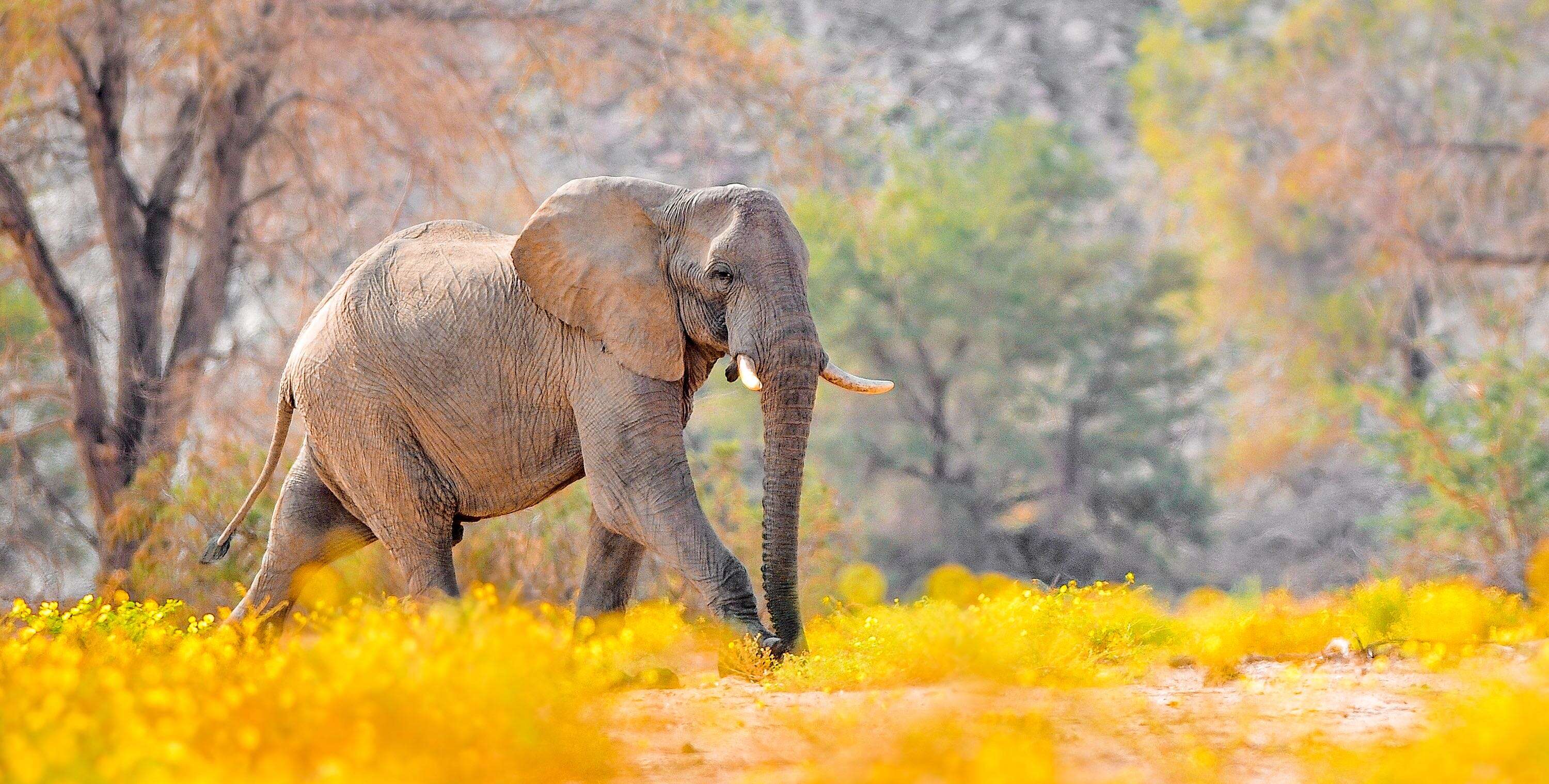
© Christin Winter
Conservation
and the Environment in Namibia
2021
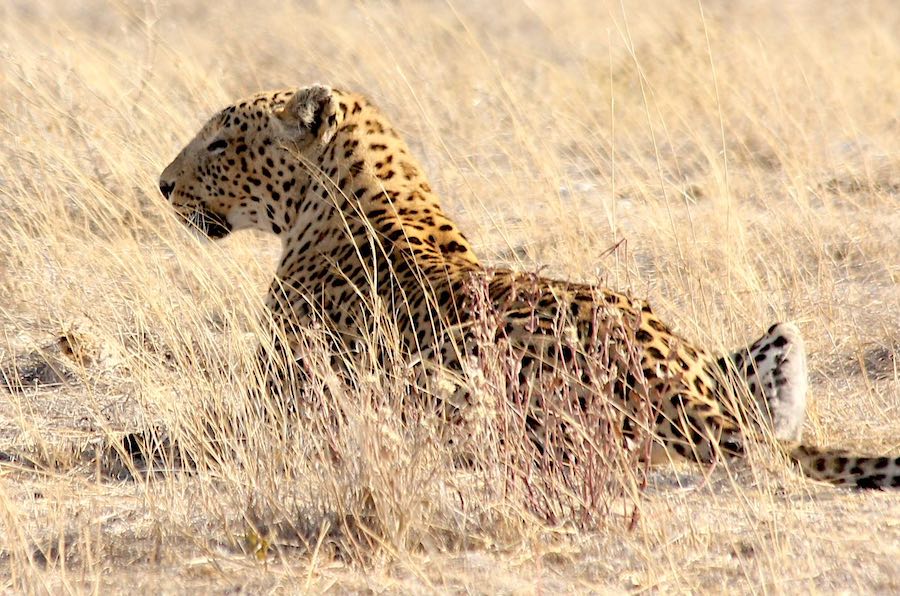
Foreword
Another year has gone by and COVID-19 is not only still with us, but is now more deadly than ever before. The impact of this disease on the Namibian society and economy are frightening; the only way to end this saga is for many more Namibians get vaccinated as soon as possible. These are dark times, but NCE members have been extremely busy during this time and have produced some wonderful moments of celebration, which we are pleased to share with you here.
Read more...
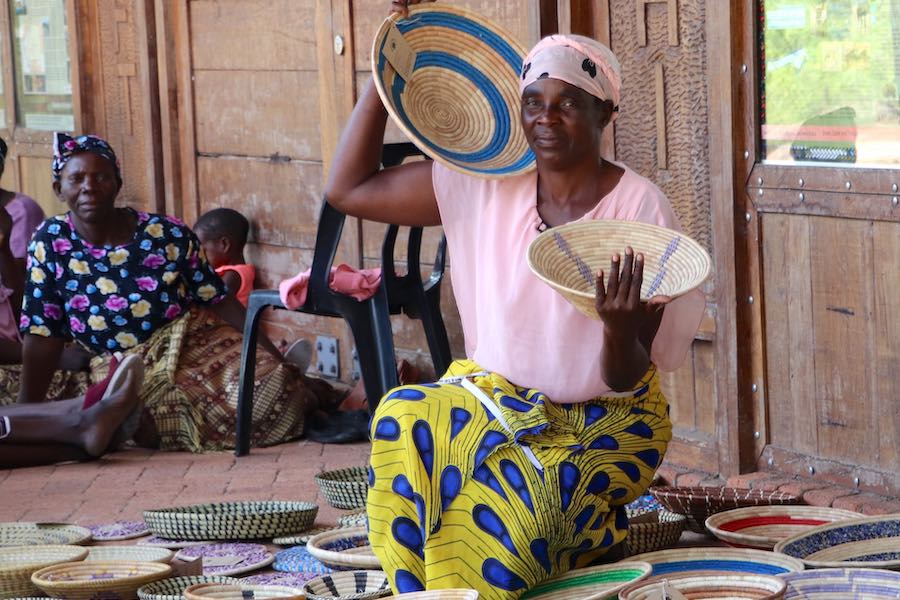
All for One and One for All
The Conservation Relief, Recovery and Resilience Facility
The COVID-19 pandemic has hit Namibia hard, both in terms of human life and economics. The abrupt end of international tourism came as a particular economic shock to communal conservancies that rely heavily on photographic and hunting tourism to fund their conservation efforts. These rural communities were highly vulnerable to job and income losses, and community conservation efforts were in peril. In response, the government and many international and national partners stepped in to create the Conservation Relief, Recovery and Resilience Facility that is designed to assist the conservancies and their tourism partners to survive this economic shock.
Read more...
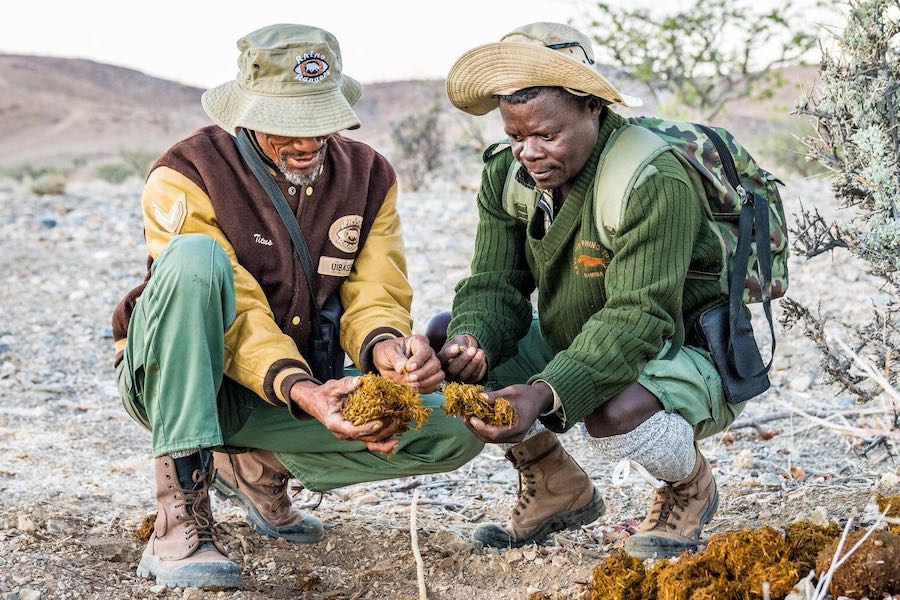
The Kunene Rhino Awards
Honouring Those Who Keep an Eye on Namibia's Free-Roaming Rhinos
Rhino Rangers are a critical part of keeping the free-ranging black rhino population in Namibia safe by monitoring their movements and involving local communities in efforts to conserve them. In the first Kunene Rhino Ranger Awards, Save The Rhino Trust honoured these hard-working men and women by awarding 200 prizes for achievements in several different categories.
Read more...
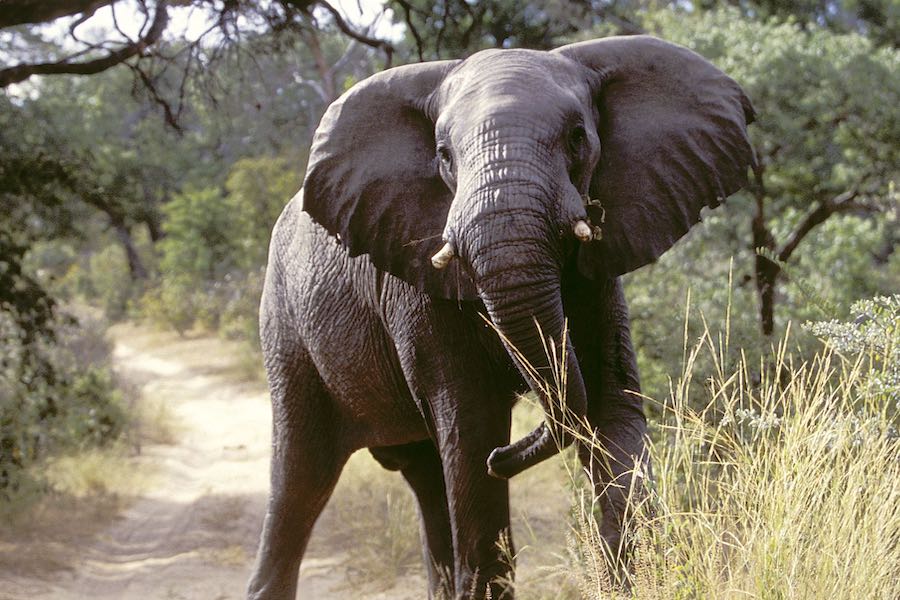
Wildlife Corridors
Paths of Connection and Hope
Maintaining wildlife corridors is critical in Namibia's Zambezi Region, where people and animals use the same landscape. The Wildlife Credits programme has linked sponsors Distell Namibia and Amarula with Sobbe Conservancy that maintains a critical wildlife corridor. This system rewards conservation results and improves the living standards of rural communities.
Read more...
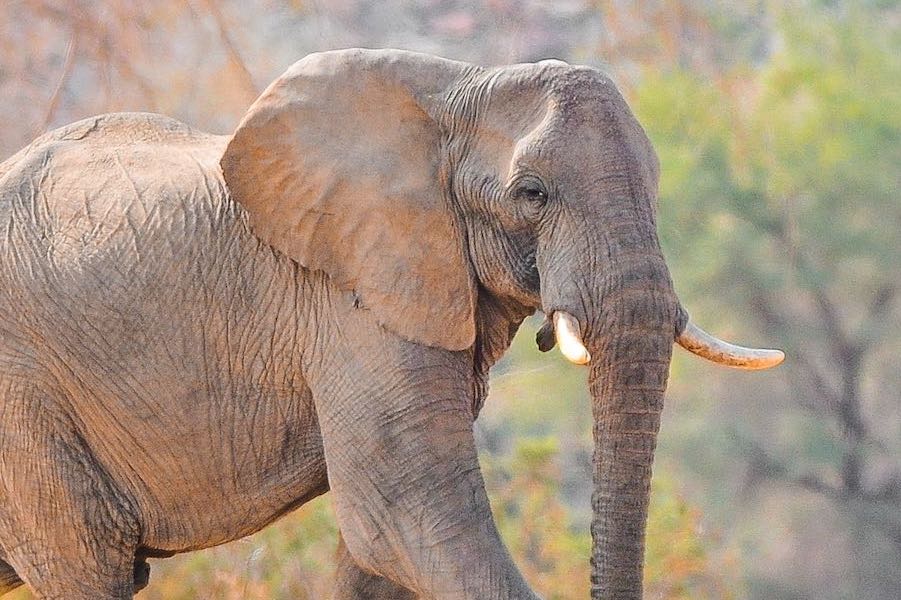
Environmental Education and Training Centre in Desert-Adapted Elephant Country
Environmental education and training are essential for helping children and adults better understand the natural world and even inspire them to take up conservation as a career. A new education centre in the Kunene Region built by Elephant Human Relations Aid will therefore increase our capacity to reach rural communities with up to date information on elephants and their ecosystems. They aim to provide both education programmes for children that fits with national curricula and a training venue for community workshops and nature-based career courses.
Read more...
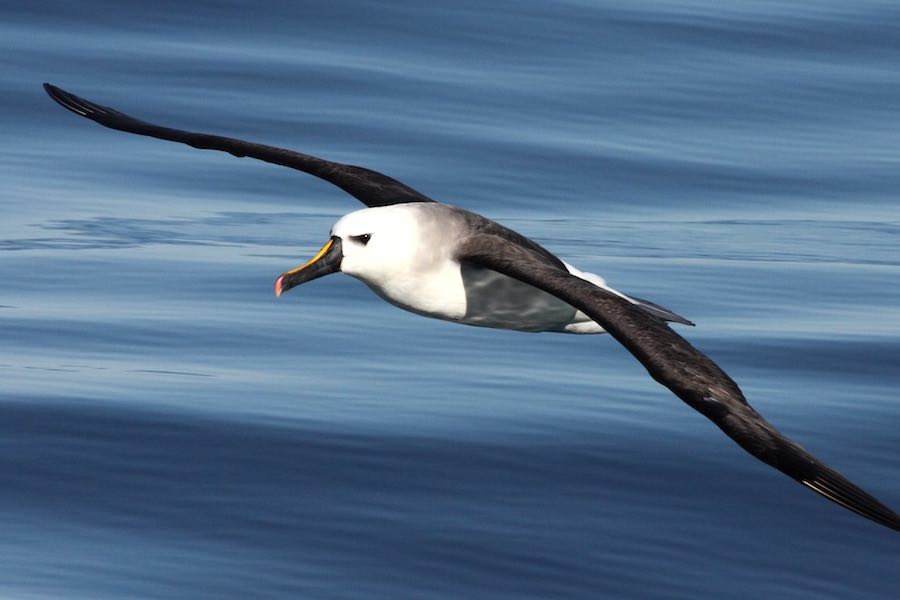
Gliding into a Brighter Future
Albatrosses and Namibian Fisheries
Albatrosses are caught accidentally in commercial fishing operations around the world, and Namibia's fisheries were among the deadliest for seabirds. The Albatross Task Force investigated the extent of the problem and worked with the fishing industry to apply best-practice methods for keeping seabirds away from fishing gear. The result was a stunning 98% reduction in seabird bycatch in our demersal longline fishing operations. A local co-operative of enterprising Namibian women now produce the bird scaring lines for the fishing industry, thus supporting local business. This project contains all of the key ingredients for conservation success.
Read more...
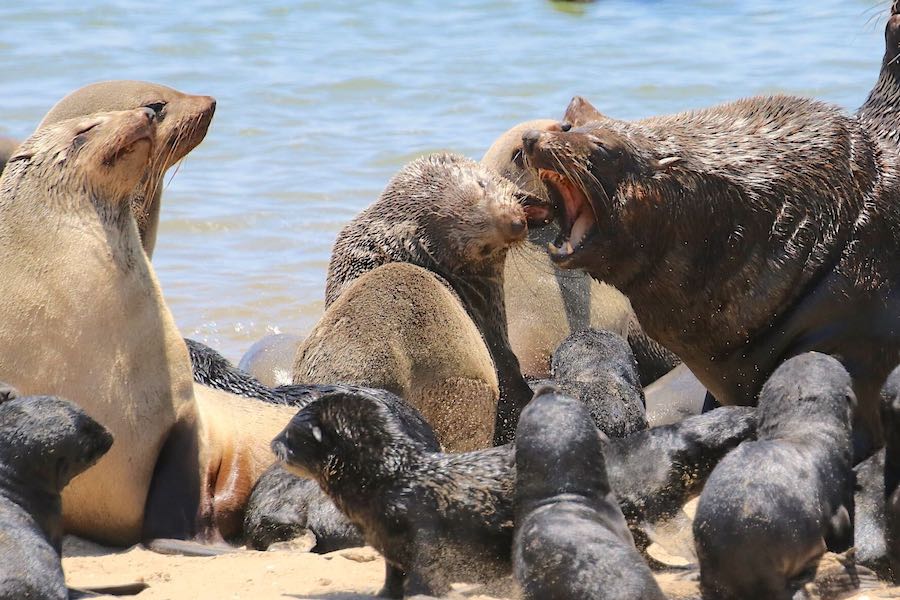
Conversations in the Cacophony
How Cape Fur Seals Communicate within their Massive Breeding Colony
The Cape fur seal colony at Cape Cross on the Skeleton Coast is the densest colony of pinnipeds (seals, sea lions, walruses) in the world. It is therefore a dangerous place to live - young adult males have to be careful not to intrude on adult male territories, while pups have to find their mothers in the crowd, or face starvation. Effective communication is therefore a matter of life or death in this colony. Researchers investigated how these seals know who is calling out and why, and uncovered some fascinating insights into seal communication.
Read more...
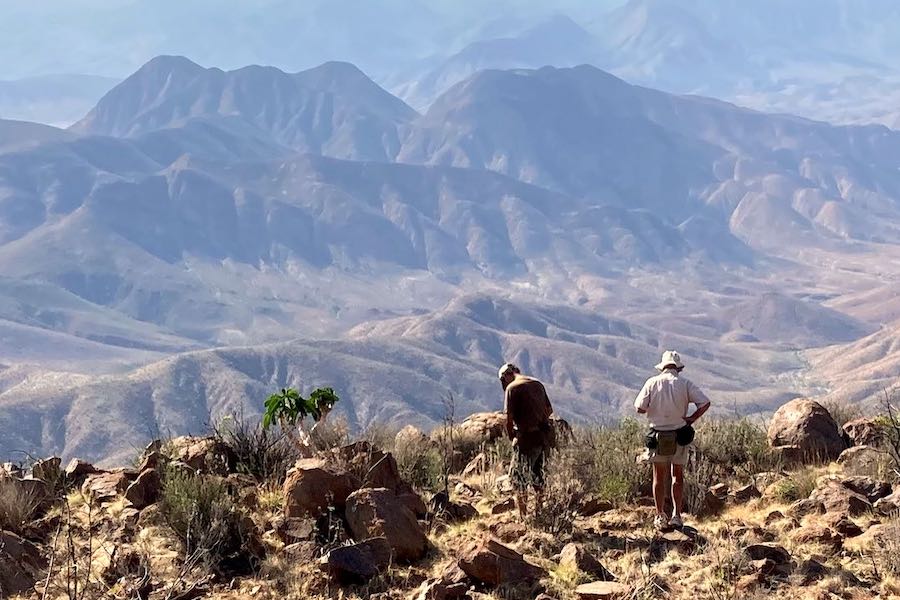
Helicopter Science
Unlocking the Botanical Secrets of the Kaokoveld Mountains
A team of scientists from Namibia and Angola were given the opportunity of exploring some of the most inaccessible mountaintops in northern Namibia and southern Angola. They made the most of this opportunity and found numerous special plant and animal species - some of which occur nowhere else on earth. In this article, the botanists on the team share their most exciting finds and look forward to future expeditions of this kind.
Read more...
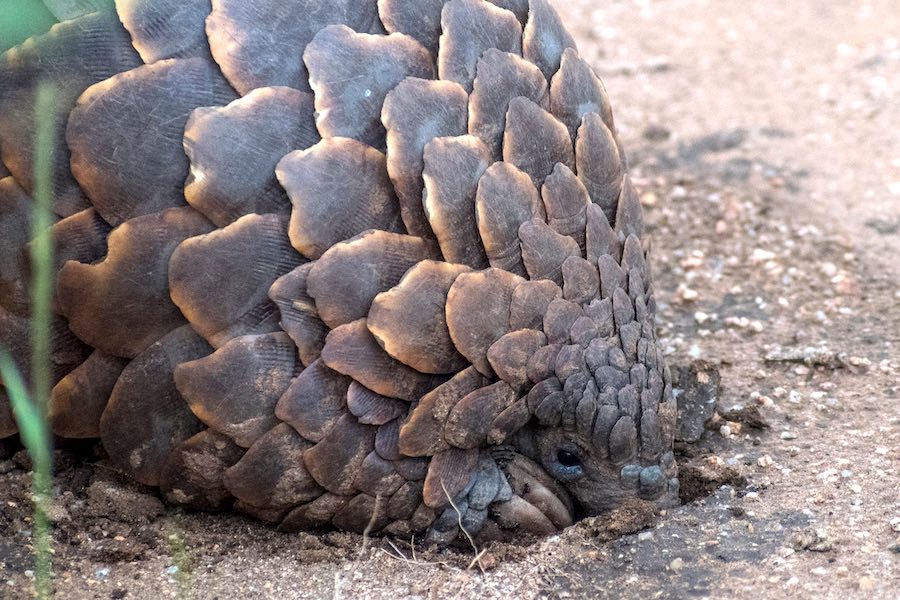
Taking a Scientific Approach to Pangolin Conservation in Namibia
Pangolins are the world's most trafficked animal, and Namibia has seen a recent upsurge in trafficking cases. Pangolins that are seized from traffickers are rehabilitated and released, but we really do not know enough about them to increase the chances of successful releases. As part of her M.Sc, Kelsey Prediger studied the ecological requirements and movements of pangolins to find out how far they go, what they eat, and what makes the ideal burrow for pangolin refuge. The results of this study will be used to guide the release of pangolins in future.
Read more...
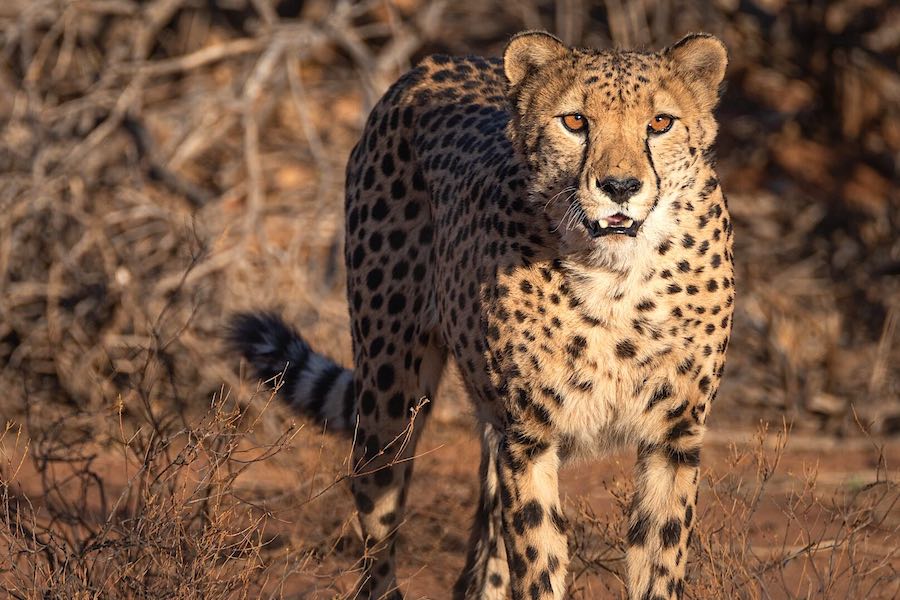
Teamwork and Science Enables Coexistence between Farmers and Cheetahs
Cheetahs prey on livestock and farmed game in Namibia, and farmers have been trying to address the problem by removing problem cheetahs
for generations. Yet there is now a new, scientific approach to reducing the problem by understanding how cheetahs move in the environment. This big cat has a different way of using the environment than other cat species, whereby particular areas act as communication hubs among individual cheetahs. If farmers are aware of the location of these hubs, they can avoid putting vulnerable livestock in these areas and thus greatly reduce their losses. Reaching this point required farmers and cheetah biologists to trust each other and work together to find a mutually beneficial and practical solution.
Read more...
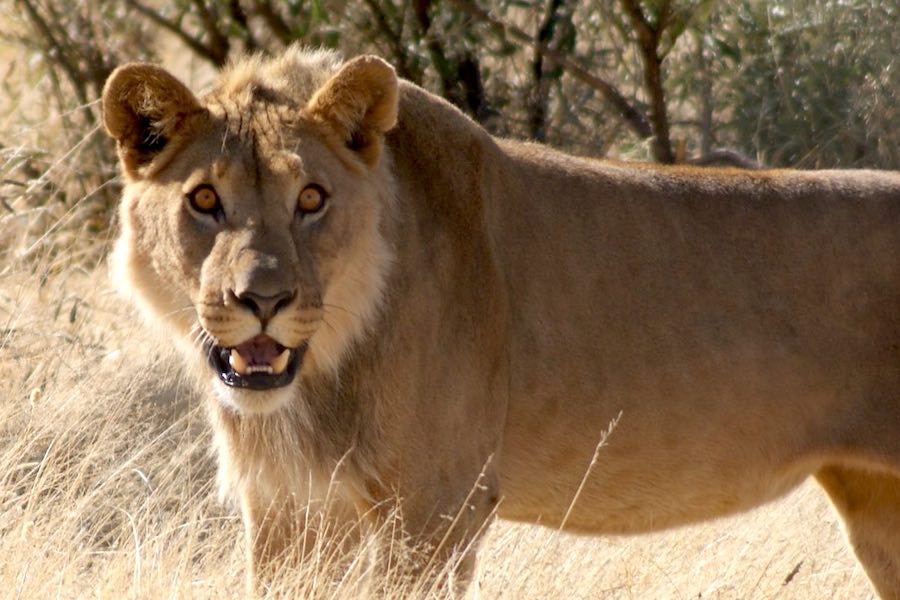
Namibia's Desert-Adapted Lions
The Benefit of Translocating Conflict-Causing Individuals
Several prides of desert-adapted lions in the Kunene Region in northwest Namibia are struggling to survive due to the effects of the recent prolonged drought. Their search for food brings them into direct conflict with the livestock farmers in communal conservancies in this region. Besides trying to mitigate the conflict, the Ministry of Environment, Forestry and Tourism has allowed a few of these lions to be captured and translocated by the N⁄a´an ku sê Foundation. In this article, the team from N⁄a´an ku sê provides an update on how these lions are faring on their 8,000 ha Zannier Reserve near Windhoek.
Read more...

The Future for Conflict African Wild Dogs in Namibia
Is a Metapopulation Approach the Answer?
African wild dogs are among the most endangered carnivores in Africa. Their wide-ranging behaviour coupled with high levels of conflict with livestock farmers make them especially challenging to conserve. Following a successful example of wild dog conservation in South Africa, the N⁄a´an ku sê Foundation is experimenting with translocating wild dogs that would otherwise be killed on farmlands into their fenced reserve. In this article, the N/a'an ku sê team report on the lessons they have learnt from their attempted translocations thus far and discuss the potential of a future wild dog metapopulation in Namibia.
Read more...
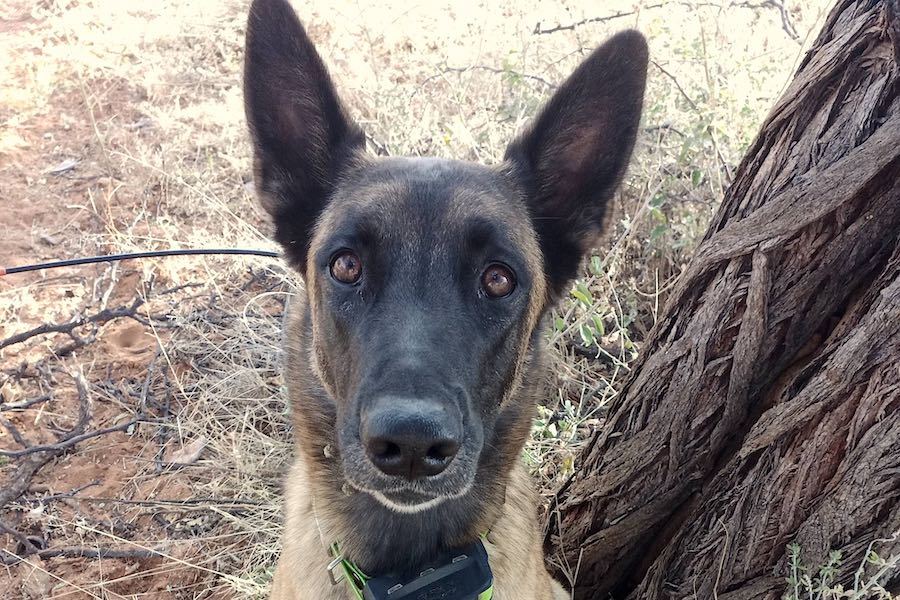
Dogs Help CCF Geneticists Study Cheetahs without Invading their Space
One of the more recent uses for working dogs is to detect the scent of wild animals like cheetahs. By finding the scat that cheetahs leave behind, researchers at the Cheetah Conservation Fund can learn more about the species without subjecting the animals to the stress of capture. CCF's main scat detection dog works closely with her handler to find carnivore scat and is rewarded through play. Once found, the scat is analysed in CCF's state-of-the-art genetics laboratory. Read all about how these dogs are helping cheetah research here.
Read more...
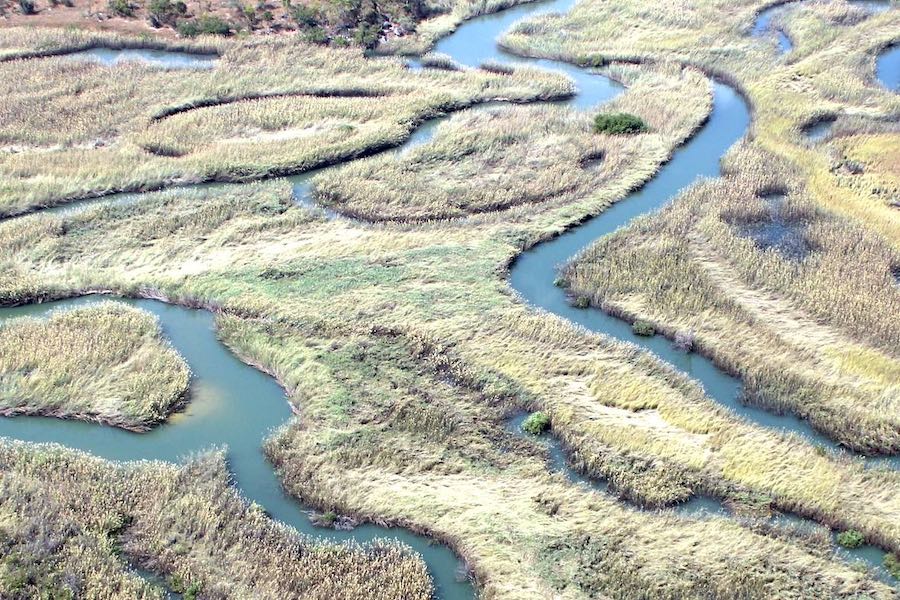
A River in Trouble
The iconic Okavango Delta is under threat, and from more than just oil exploration. The more insidious, and possibly greater, threat is to the water flowing into it from rivers that start in Angola and flow through Namibia before entering the Delta. Agricultural developments are increasing at an alarming rate upstream from the Delta that threaten to greatly reduce the water flows and/or pollute the Cubango/Okavango River. Much more needs to be done to address this problem, writes John Mendelsohn and colleagues.
Read more...

A Newly Discovered Plant Species Saved from the Rising Waters of Neckartal Dam
The filling of Neckartal Dam in dry southern Namibia was welcomed as good news after years of drought. Yet for one previously unknown plant species, this event nearly spelled extinction. Namibian botanists teamed up with international experts to find and rescue as many plants as they could just before the dam waters inundated the plant's habitat. With a long-term conservation strategy in place, this plant's story is not over yet.
Read more...
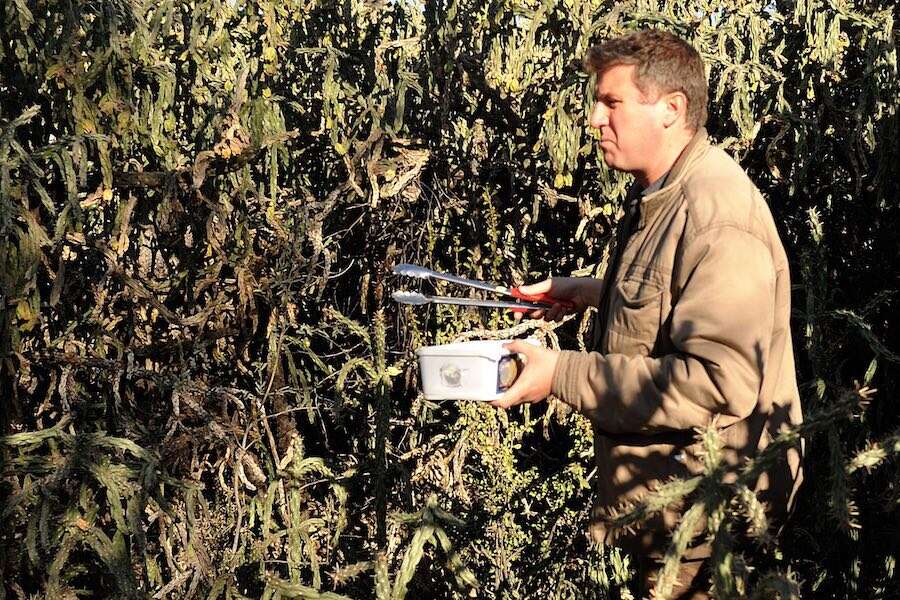
Bring in the Bug Squad
Controlling Alien Invasive Plants in Namibia
Some cactus species have become alien invaders
in dry parts of South Africa and Australia, and they have become a major problem in Windhoek too. Before this invasion gets totally out of control, we introduced specific insects as biological control agents. These insects are known from scientific tests and experience in South Africa to prevent the further proliferation of the invasive cactus species without causing any damage to our native plants. Find out more about how insects are chosen as biological control agents and what you can do to help fight the cactus invasion in Namibia.
Read more...

Namibia's Updated Nationally Determined Contribution under the Paris Climate Agreement: Is it Achievable?
Namibia is a signatory to the Paris Climate Agreement and therefore has to determine its Nationally Determined Contribution to tackling climate change every five years. The current draft sets an ambitious target of reducing emissions by 92%. Given that Namibia is already a carbon sink and faces economic woes, is this target achievable? And how does this square with the government's support of oil exploration?
Read more...

